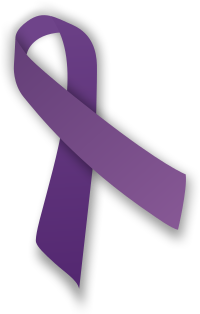
Photo from wikipedia
DOI:10.1097/MOP.0000000000000634 The past year has been influenced heavily by the #MeToo movement, in which women have reclaimed their voices and spoken out against sexual harassment and assault. TIME Magazine named… Click to show full abstract
DOI:10.1097/MOP.0000000000000634 The past year has been influenced heavily by the #MeToo movement, in which women have reclaimed their voices and spoken out against sexual harassment and assault. TIME Magazine named the ‘Silence Breakers’ of this movement as its Person(s) of the Year in 2017. Tarana Burke, who found this movement over 10 years ago, stated: ‘We need a complete cultural transformation if we are to eradicate sexual assault in our lifetimes. It means we must build our families differently, engage our communities and confront some of our long-held assumptions about ourselves’ [1]. Sexual harassment and violence are not limited to the adults in Hollywood, California or to those in the political arena. Women are also not the only victims, although they are the majority of those affected. Research suggests that the roots of such behaviours originate early in our development. Aggressive childhood behaviours and family dynamics predict future violent social behaviours [2]. Bullying, sexual harassment and dating violence can be considered along a continuum of maladaptive social transitions in early adolescence. In the chaotic time of middle school (aged 12–14 years), previously stable sex-segregated peer groups shift to mixed-sex groups. Social hierarchies form in which aggression, power and control are viewed as mature and enviable qualities. Bullying is often the first form of social aggression engaged in by youth who hope to enact dominance and status over others within the newly formed social groups of middle school. As the focus shifts in adolescence to sexual development and identity, bullying rates decline and sexual harassment emerges. Thereafter, dating aggression evolves as adolescents struggle to negotiate intimacy, conflict, interdependence and sexual desire [3–5]. Half of adult sexual offenders report first engaging in sexual violence in the adolescent years [6]. The aftermath of such violence includes posttraumatic stress disorder, physical health problems, substance use and suicidality [7]. Those who are victims of such violence are likely to be victims again or, even, to become perpetrators of such violence. Per the 2015 National Youth Risk Behavior
Journal Title: Current Opinion in Pediatrics
Year Published: 2018
Link to full text (if available)
Share on Social Media: Sign Up to like & get
recommendations!